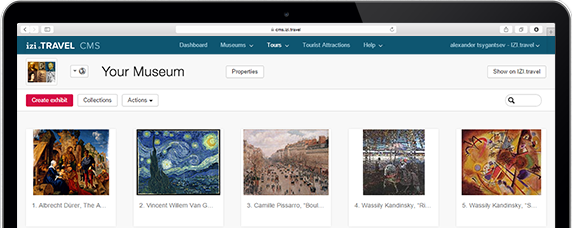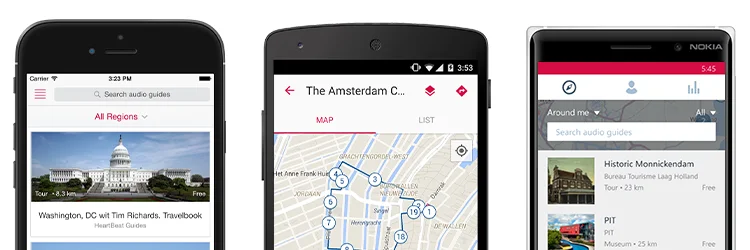Jan de With’s Ivory Ship
Update Required To play the media you will need to either update your browser to a recent version or update your Flash plugin.
This Chinese junk seems a little out of place in the Frisian Maritime Museum. Clearly a boat like this has never sailed on Frisian waters. It was brought back to Friesland as a souvenir from China in 1746 by Jan de With, a commodore with the Dutch East India Company.
De With lived in Friesland,. On one of his voyages, he visited China. Trade with westerners was banned in China, with the exception of Canton, where western countries had trading agencies. Strict rules still governed trade in Canton, however, and direct contact with the Chinese was forbidden.
Beautifully decorated junks like this would have travelled along the Pearl River that runs through Canton. There they were known as flower boats, though they had nothing to do with the transport of flowers. These boats were where courtesans entertained their clients. In effect, they were floating brothels
The officials of the Dutch East India Company with an office in Canton were well aware of what was on offer on these boats. But visiting one would have been out of the question; the Chinese would see this as a serious infringement of their fragile trade relationship with the west. For Jan de With, this ivory model, decorated with delicately craved geometric motifs, was an innocent souvenir. For us, it’s a valuable reminder of the Dutch East India Company’s glory days.
De With lived in Friesland,. On one of his voyages, he visited China. Trade with westerners was banned in China, with the exception of Canton, where western countries had trading agencies. Strict rules still governed trade in Canton, however, and direct contact with the Chinese was forbidden.
Beautifully decorated junks like this would have travelled along the Pearl River that runs through Canton. There they were known as flower boats, though they had nothing to do with the transport of flowers. These boats were where courtesans entertained their clients. In effect, they were floating brothels
The officials of the Dutch East India Company with an office in Canton were well aware of what was on offer on these boats. But visiting one would have been out of the question; the Chinese would see this as a serious infringement of their fragile trade relationship with the west. For Jan de With, this ivory model, decorated with delicately craved geometric motifs, was an innocent souvenir. For us, it’s a valuable reminder of the Dutch East India Company’s glory days.
Download the free izi.TRAVEL app
Create your own audio tours!
Use of the system and the mobile guide app is free


